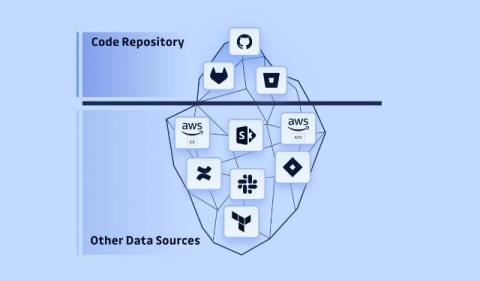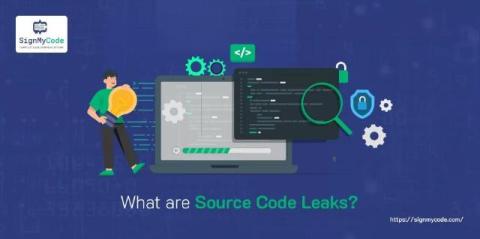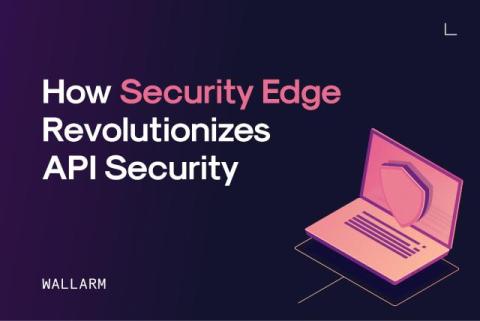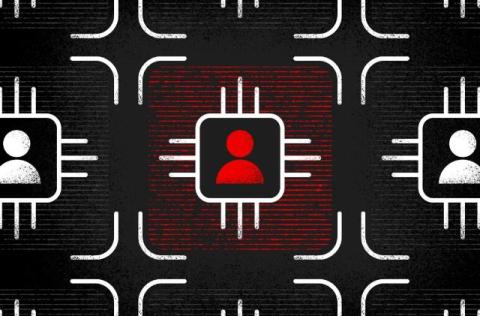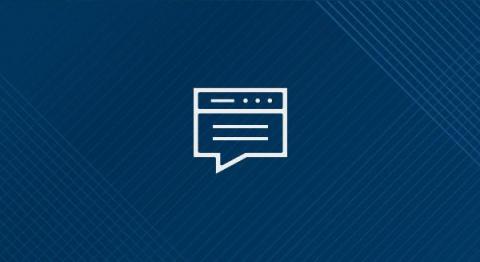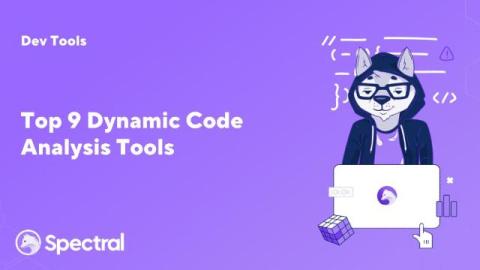The extent of Hardcoded Secrets: From Development to Production
Code repositories are the primary source of secrets, but GitGuardian data highlights the broader issue of secret sprawl. From code to production, understand how these vulnerabilities expose sensitive data and learn how to enhance your security posture with GitGuardian insights.


